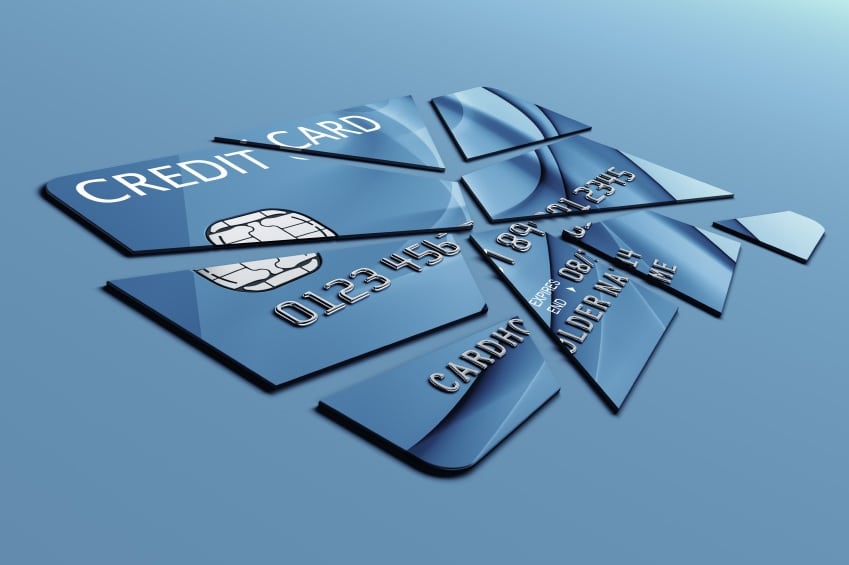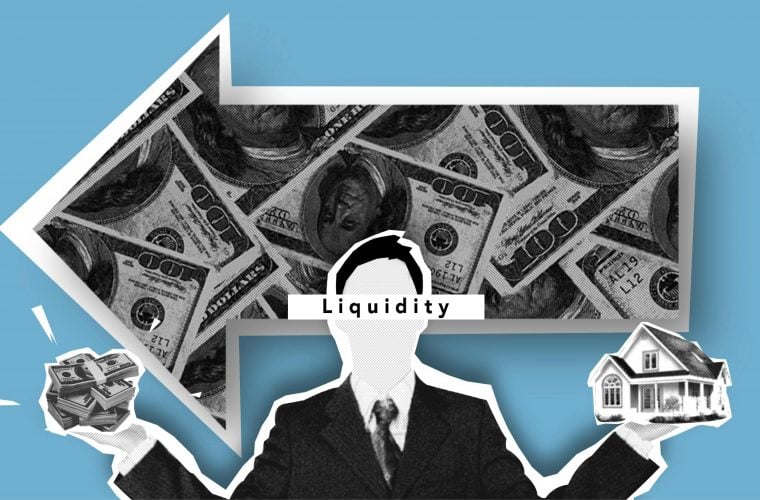
How to Keep a Declined Credit Card from Ruining Your Retail Operation
Lines are long, schedules are packed and tempers are often short during the busy, and critical, holiday shopping season as consumers rush to take advantage of deals, meet deadlines and cram roughly 20% of the year’s spending into a mere few weeks. As such, a great deal of pressure is placed upon retailers to efficiently satisfy customer needs and ultimately meet lofty sales goals.
There are, however, any number of issues that can throw a wrench into an otherwise smooth holiday sales season – such as the weather, online competition and technical glitches. One problem that many retailers no doubt encountered this holiday season is what to do when a consumer’s credit card gets declined. Credit cards get declined all of the time and mishandling such an occurrence can not only create a bottleneck around the cash register, but also leave a negative impression in the minds of consumers which could ultimately hurt business.
Learning from any mistakes that you might have made in this regard over the holidays is therefore extremely important to improving performance throughout the rest of the year and then dominating next year’s holiday season. With that in mind, here are a few tips for overcoming a declined credit card in the most advantageous manner possible.
Inform Staff That Credit Cards Get Declined for Many Reasons:
Most people, including retail employees, tend to assume that credit cards get declined because the cardholder has not paid his or her bill. That is merely one of many potential explanations. Cards are also declined due to physical damage, malfunctioning point of sale machines, one’s credit line having been reduced, a hotel or car rental company placing a hold on the credit line, or spending that occurs outside of one’s normal geographic area. Furthermore, it could be something as simple as forgetting to activate a new card. That last explanation is becoming more and more common as credit card issuers mail replacements to unsuspecting customers as a result of data breaches at major retailers. This all just goes to show that your staff should not only avoid jumping to conclusions, but also be able to educate any embarrassed patrons.
Swipe Again Before Sounding the Alarm:
You don’t want to worry or embarrass a customer without reason, so if a credit card does not work the first time around, simply swipe it again. Card readers can be finicky and the issue could very well be a temporary problem with your hardware. Besides, the customer will inevitably ask you to swipe the card again anyway, and this will enable you to skip that back and forth. You’ll also be able to confirm and relay the error code provided by your point of sale machine, which will help the consumer identify the root cause of the problem.
Put Yourself in the Customer’s Shoes:
You wouldn’t want to be looked at like a deadbeat if your credit card was declined, so make sure to treat any customer who has this problem with courtesy and respect. After trying their card multiple times, politely ask if there is another card they would like to try. Many consumers have more than one and this could represent a simple resolution to the issue at hand. If they do not have an alternate spending method, make it seem as if the problem is on the store’s end and direct them to a manager or customer service station for more personalized support. Use a soft touch when doing so, blaming the store’s card readers or the recent rash of data breaches, so the customer does not feel singled-out or at fault.
Divert the Customer to a More Private Area & Provide Dedicated Assistance:
When a declined credit card cannot be rectified through basic troubleshooting, it’s best to extricate the customer from the line and direct them to a higher level of support. This will keep your operation moving and ensure the customer’s problem gets handled in both the most efficient and discreet manner possible. We recommend first trying to run the card on a different point of sale machine, and if that does not work, providing the customer with a phone they can use without feeling like the entire store is staring at them. The financial institution that issued a card is always going to be in the best position to diagnose why it’s not working.
The last thing any retailer wants is for a negative consumer experience to taint someone’s impression of a store and dictate their future spending habits – no matter who is at fault. That’s why, in this era of digital banking, it is so important for retailers to have a plan for how to handle a declined credit card.
Contributed by Odysseas Papadimitriou, CEO of the credit card comparison website CardHub and the personal finance social network WalletHub. He previously worked as a senior director at Capital One.















AlsoRetailMinded
I would recommend the employee speak to a manager or store owner to see their policy on this first. Swiping a card multiple times incurs fees for the business and small businesses can’t always eat that cost. I never find customers to be offended if their card is declined, they just hand over a different card which usually works.